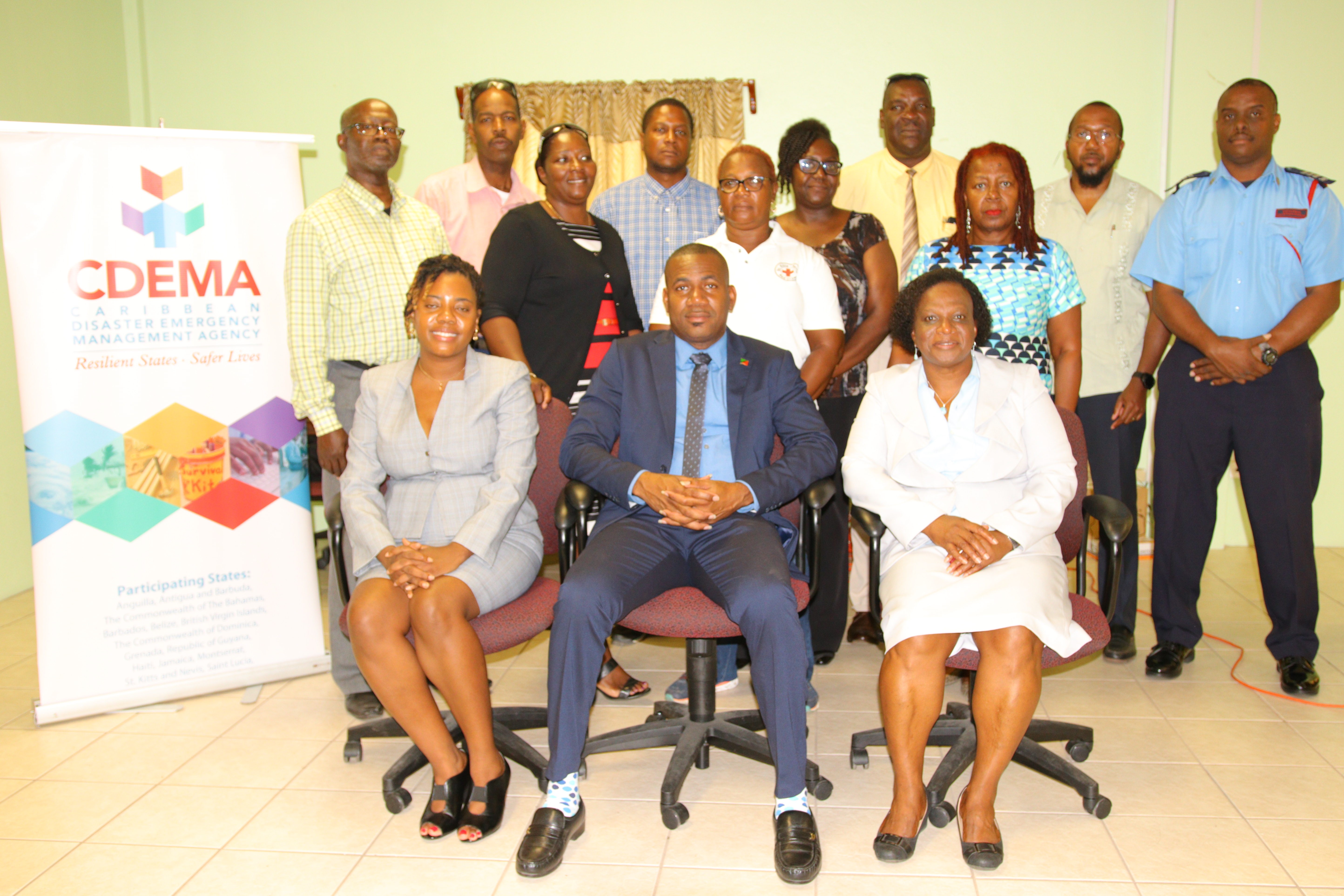
Photo caption (MAB workshop 2): Participants of the St. Mary’s Biosphere Workshop deeply involved in a breakout session. (Photo: Shermar Moore)
PRESS RELEASE
The effects of increased sand mining in Keys Village to the environment, the decreasing number of sea turtles in the community and the need to create a viable tourism product in the St. Mary’s Biosphere Reserve were among some of the concerns raised by residents from the area in a workshop on Tuesday October 30. The workshop, sponsored by UNESCO was held at the Bird Rock Beach Hotel and was designed to help create a management plan for the reserve. June Marie Mow Robinson, the Management Plan Consultant from UNESCO facilitated the workshop.
Kevin Bowers, a farmer who operates his business in the Biosphere, raised concern about the health risks posed by sand mining in Keys. “When sand mining is actually going on, you can actually see a light brown dust cloud hovering up over the community…That at some point will not just sicken people within their homes, but actually the students in the schools. I think this should be taken into consideration seriously,” he lamented.
Another farmer Mr. Solomon Morton, said the ponds in Canada Estate are being destroyed since the establishment of aggregate businesses in the area. “What I often hear my older folks say is that the pond always act as a cooling for the breeze coming over the hills and from that you would get more rain. As a result of that being destroyed, the rainfall has been depleted immensely,” Mr. Morton said.
Cultural icon and resident of the Biosphere Mr. Creighton Pencheon, in his contribution suggested that the relevant authorities mandate a hiatus on sand mining in Keys in a bid to allow the environment to replenish itself. “I think an appeal should be made to Sustainable Development and Public Works to ease up (on sand mining) to give the environment a time to heal so we can have a build of aggregation taking place on the beach so that the Ghaut sand can come down and replenish what is being taken out,” he explained.
Another resident from the community spoke about the pollution of the river in Cayon. “When the debris come down, (the river) is blocked and takes another direction,” she said. “We should keep that Ghaut cleared.” Another resident from Cayon concurred. “The mangrove swamp that used to be in such rich profusion at the mouth of the river are suffering horribly,” he said.
Towards the end of the workshop, participants were given a chance to propose ways in which the Biosphere Reserve can be developed while preserving the pristine environment and culture and generate a livelihood for its inhabitants. Displays of produce from the Biosphere were also on display and sale at the workshop. St. Mary’s is one of the first biosphere reserves of the Caribbean island countries and serves as an example of village participation in efforts to preserve the outstanding mosaic of natural and cultural landscape values.








